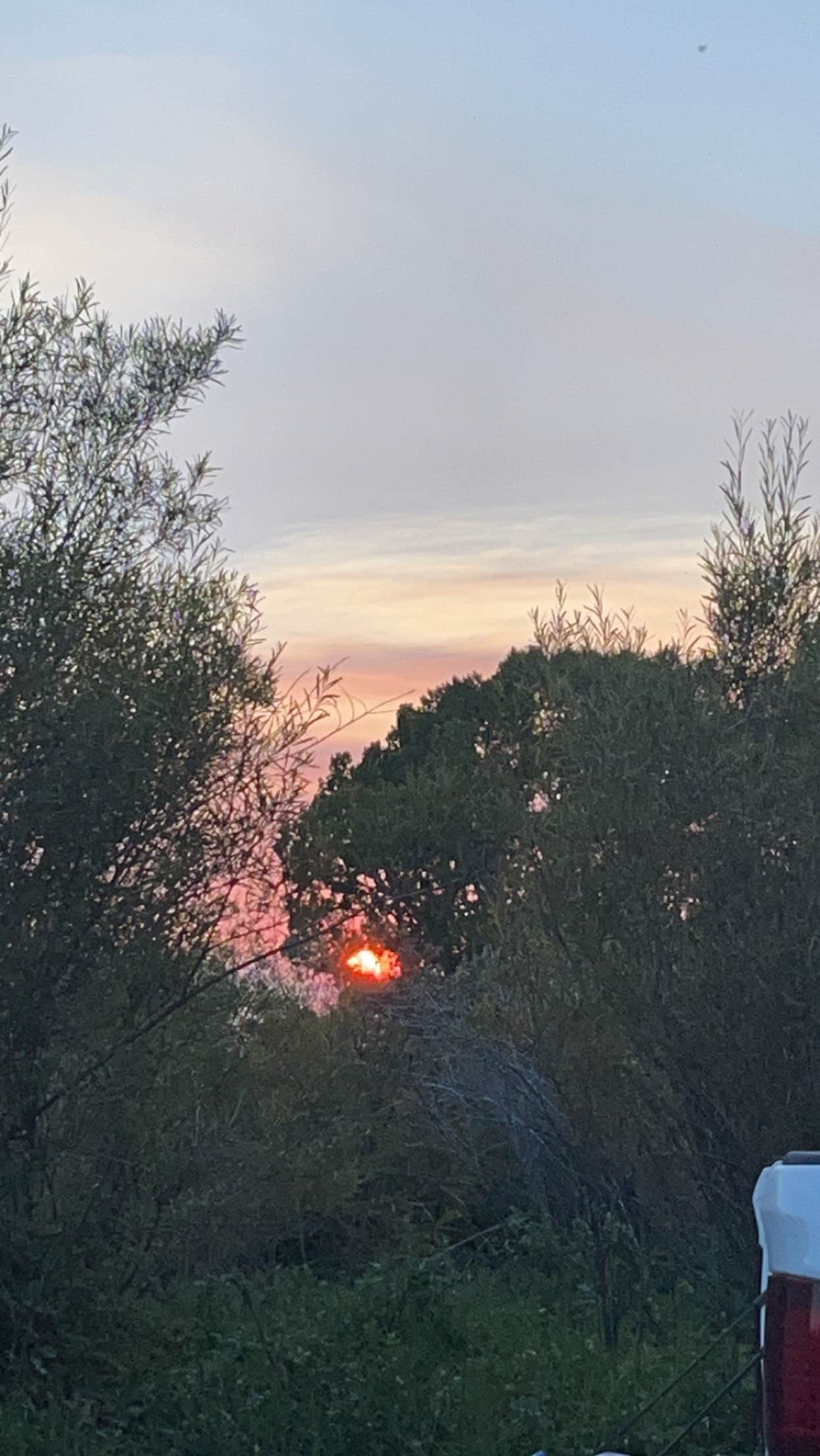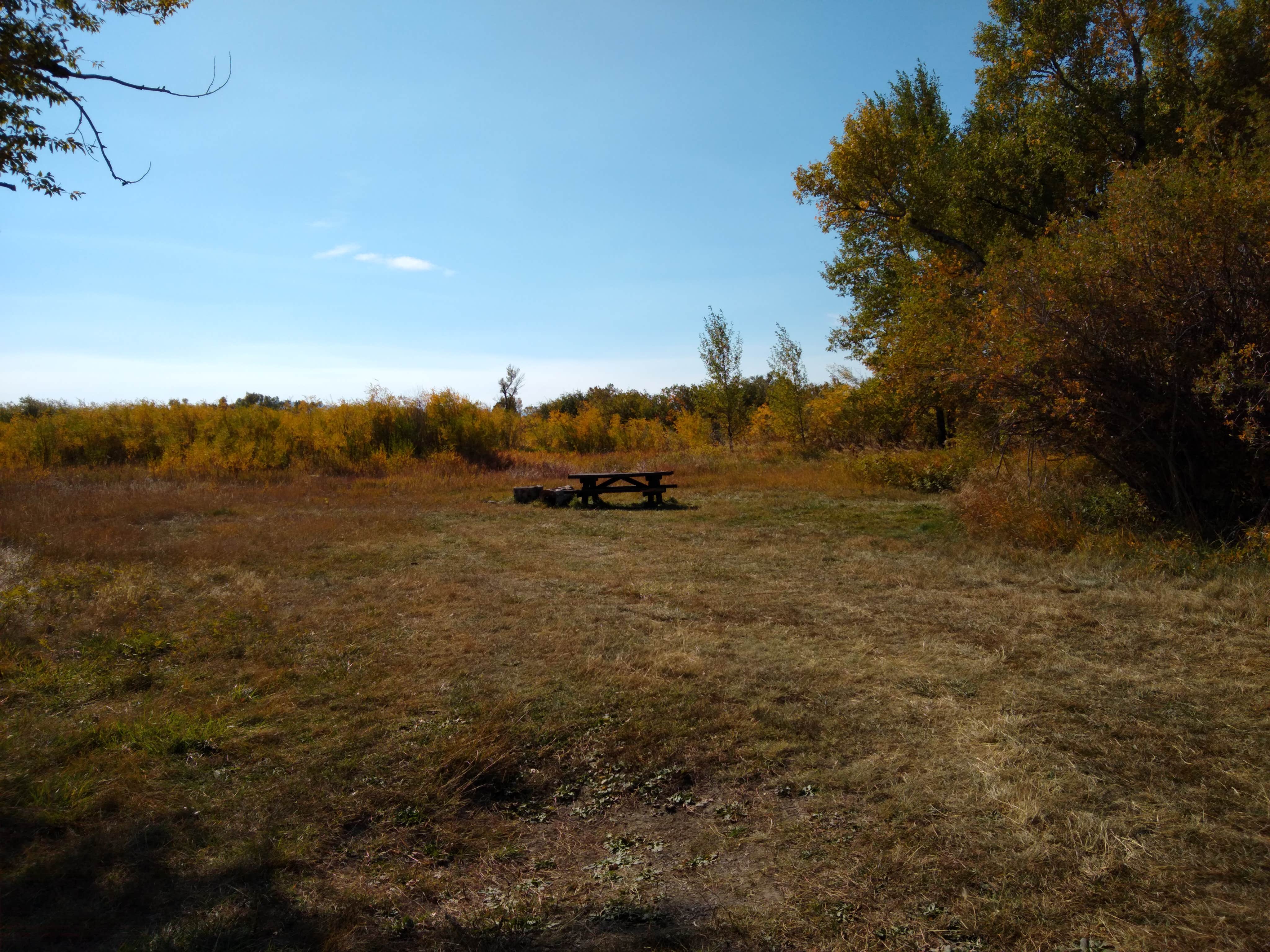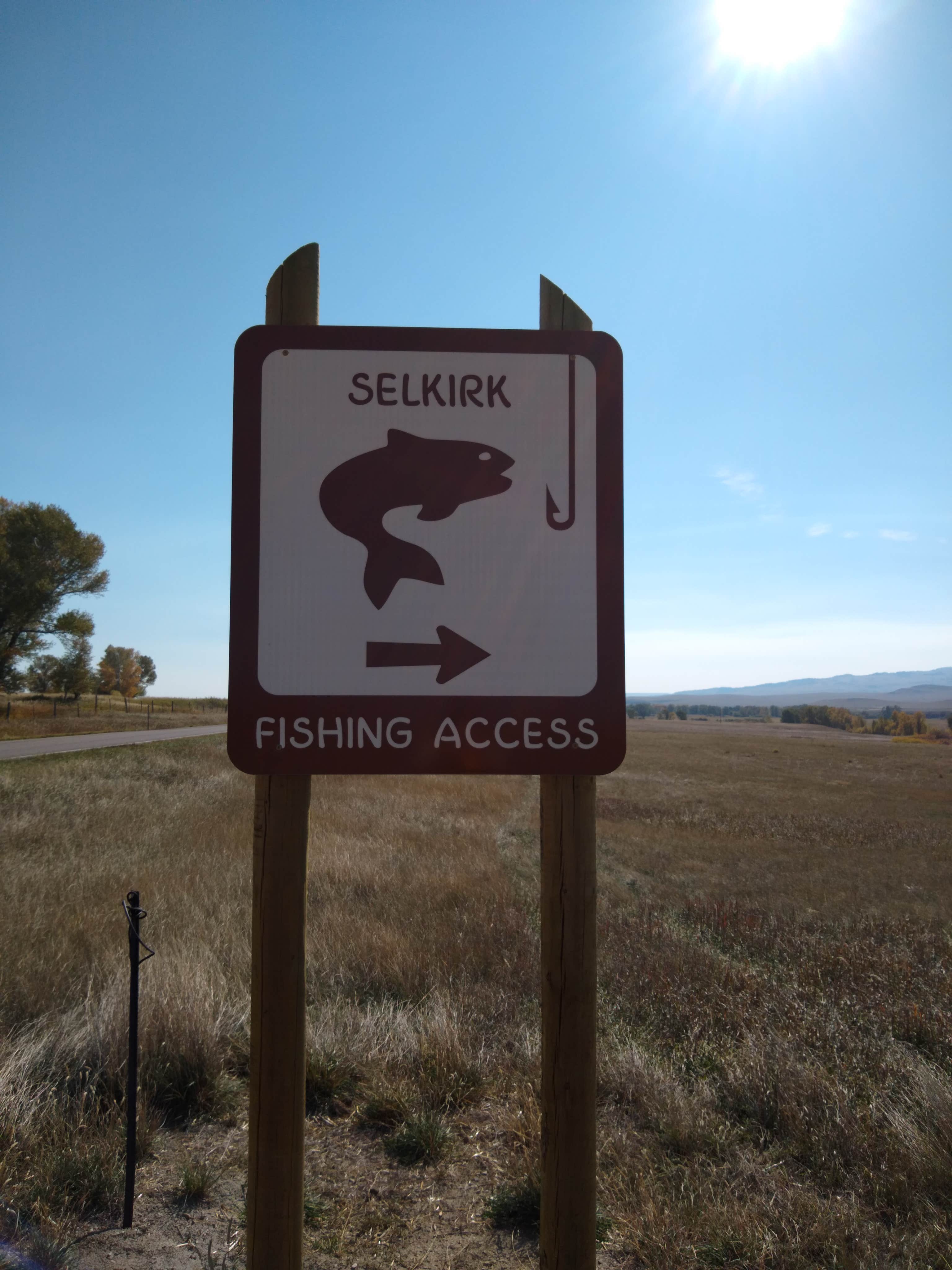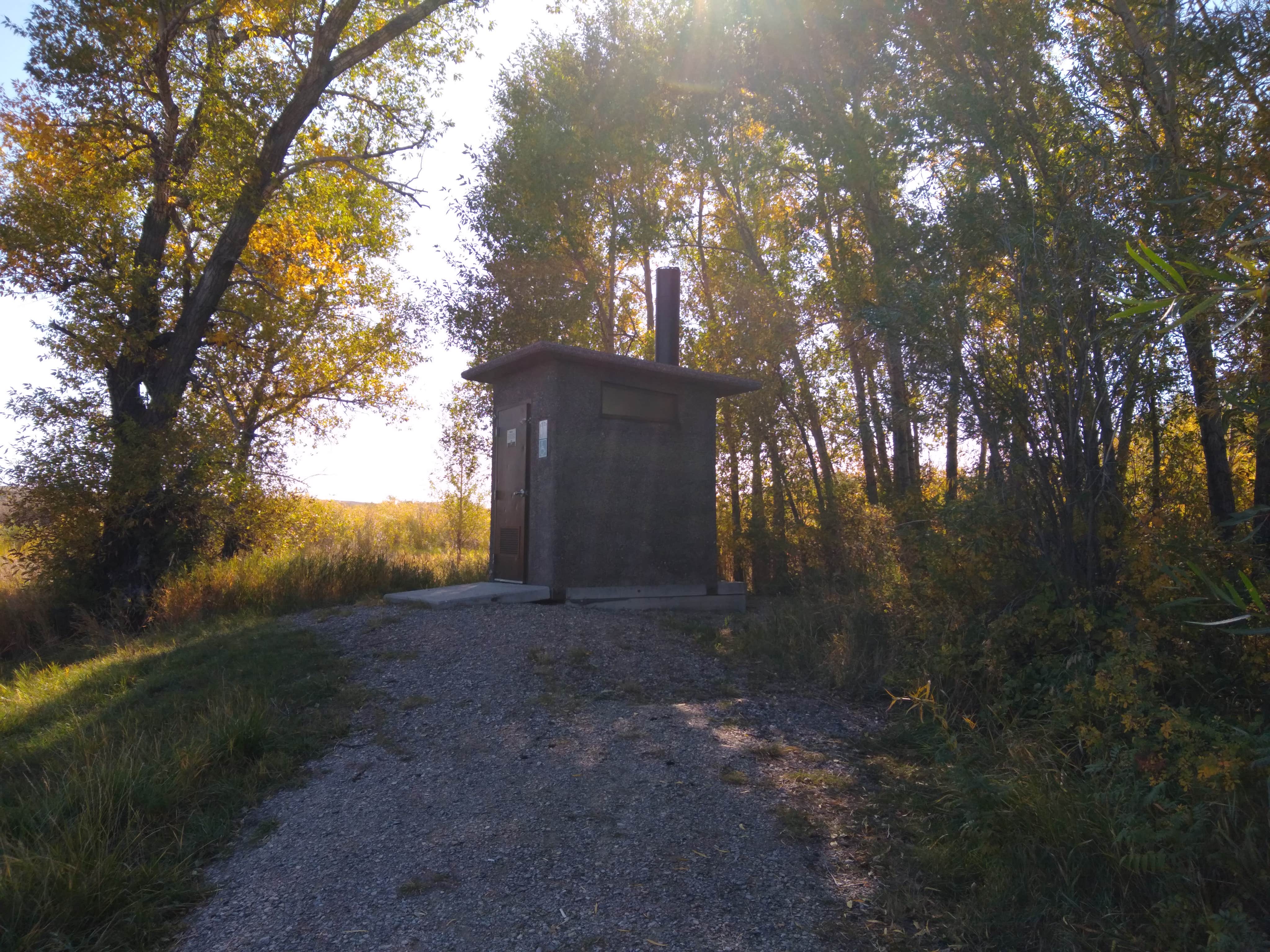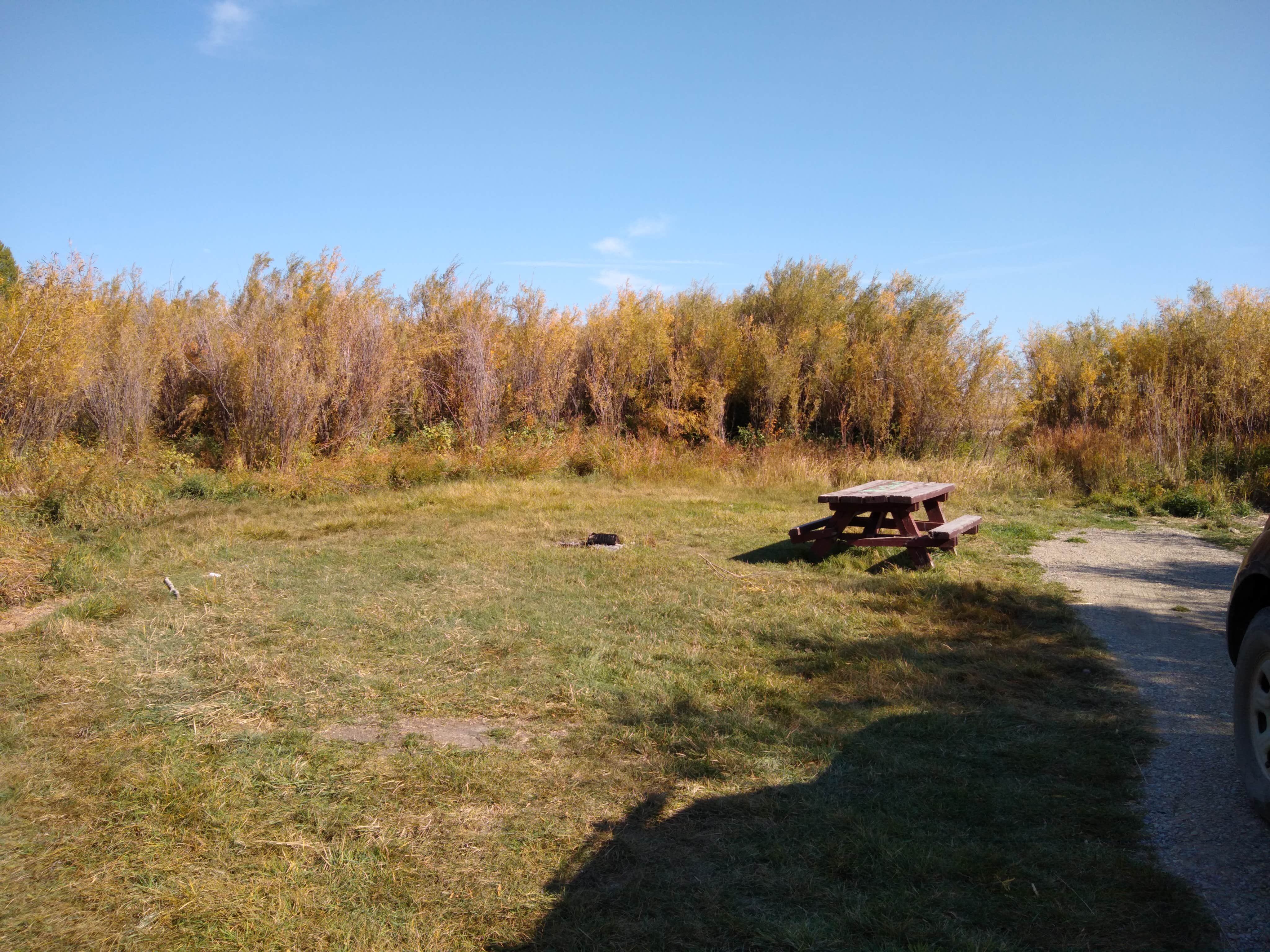Verified
Established Camping
The Hidden Strength: How Tree Cabling Services Prevent Storm Damage
Selkirk Primitive Camping near Wheatland, MT, offers a setting with flat plains and scattered trees. Temperatures range from lows of 20°F in winter to highs of 85°F in summer. Visitors can explore the nearby Lewis and Clark National Forest and enjoy fishing opportunities at the local access site.
Description
Montana Fish, Wildlife & Parks, Region 5
Selkirk Fishing Access Site
Seattle area homeowners know the value mature trees add to their properties. From increased property values and significant energy savings to aesthetic beauty and enhanced privacy, established trees represent both financial and emotional investments in our homes. Yet each storm season brings nail-biting worry about whether cherished trees will withstand the combined forces of wind, rain, and sometimes snow.
What many property owners don't realize is that there's a middle ground between anxiously hoping trees survive each storm and removing them preemptively. This practical solution preserves trees while dramatically reducing risk.
Understanding Tree Failure in Storms
Before explaining prevention measures, it helps to understand why trees fail during adverse weather. Storm damage typically occurs in predictable patterns:
Co-dominant stems – Trees with multiple main trunks that form V-shaped connections create natural weak points. These V-shaped unions lack the structural integrity of properly formed branch attachments and often split under stress.
Overextended limbs – Branches that have grown exceptionally long without proper structural support become susceptible to breakage, especially when weighted with rain, snow, or ice.
Root plate failure – Saturated soil combined with high winds can cause entire trees to uproot, particularly those with compromised or underdeveloped root systems.
Previous damage sites – Areas where trees have sustained prior injuries often become failure points during storms, as these locations may harbor hidden decay or structural weakness.
The common factor in most storm damage isn't tree health—many perfectly healthy trees suffer catastrophic damage during severe weather. Rather, it's structural issues that, left unaddressed, make trees vulnerable.
The Science of Structural Support
Trees in forest settings grow differently than those in our yards. Forest trees develop in close proximity, sheltering each other from wind. Their canopies compete for sunlight, naturally pruning lower branches and creating a balanced, upward growth pattern.
In contrast, trees in residential settings grow with abundant light from all angles, developing broader, more expansive canopies. While beautiful, these open-grown trees experience significantly greater wind loads during storms.
Nature didn't design trees to withstand these conditions without the protection of surrounding forest companions. This is precisely where Tree Cabling Services become valuable—they provide the supplemental support that mimics what nature would have otherwise provided.
Modern Cabling Systems: Invisible Strength
Today's tree support systems bear little resemblance to the heavy, invasive hardware used decades ago. Modern systems utilize high-strength, flexible cables made from materials like synthetic fabric or extra-high-strength steel that allow natural movement while preventing catastrophic failure.
These systems work not by rigidly immobilizing the tree but by limiting extreme movement during high winds. This approach allows trees to develop proper reaction wood (the natural strengthening response trees produce when exposed to stress) while preventing movement beyond the tree's structural capacity.
When Cabling Makes Sense
Not every tree requires supplemental support. Candidates typically include:
Trees with structural issues – Multiple trunks with weak unions, especially those showing early signs of cracking or separation.
Historic or specimen trees – Trees with significant value that justify additional preservation measures.
Trees with previous damage – Those that have lost major limbs or sustained trunk damage that compromised their natural structure.
Trees with imbalanced canopies – Those that have developed lopsided growth patterns, often due to competition with structures or other trees.
High-target location trees – Trees positioned where failure would likely damage property or create safety hazards.
The best time to install cabling systems is before problems develop. Preventative installation costs significantly less than emergency tree work or property damage repairs.
Real-World Benefits for Homeowners
Installing support systems offers several practical advantages beyond simple tree preservation:
Extended tree lifespan – Mature trees contribute significantly more to property values, energy savings, and environmental benefits than young replacements. Supporting existing trees maximizes these benefits.
Reduced cleanup costs – Even when trees survive storms, broken limbs create substantial cleanup expenses. Cabling dramatically reduces this periodic maintenance cost.
Insurance considerations – Some insurance companies recognize proactive tree care when evaluating property policies, potentially affecting premiums or coverage.
Peace of mind – Perhaps the most valuable benefit is knowing you've taken reasonable precautions to protect your property while preserving your landscape investment.
Installation Process
Professional installation follows a methodical process that ensures both effectiveness and tree health:
-
Thorough assessment – Certified arborists evaluate the tree's overall health, specific structural concerns, and environmental factors.
-
Customized system design – Support systems are engineered for the specific tree, accounting for size, species, structure, and anticipated loads.
-
Proper hardware selection – Materials are selected based on the tree's needs, with special consideration for growth accommodation.
-
Strategic placement – Installation points are carefully chosen to provide maximum support while minimizing tree impact.
-
Regular inspection schedule – Professional monitoring ensures systems remain effective as trees grow and conditions change.
Common Myths About Tree Cabling
Despite their effectiveness, some misconceptions about support systems persist:
Myth: Cabled trees become dependent on support. Reality: Properly installed systems actually help trees develop better natural structure by allowing controlled movement that stimulates strengthening growth.
**Myth: Cables damage trees.**Reality: Modern systems distribute loads across multiple attachment points and use tree-friendly installation techniques that minimize wounding.
**Myth: Tree supports are unsightly.**Reality: Today's systems are nearly invisible from ground level, installed high in the canopy where connections are naturally disguised by foliage.
**Myth: Installation is prohibitively expensive.**Reality: While professional installation represents an investment, costs typically range from 5-15% of the tree's assessed value—far less than removal and replacement.
Beyond Cabling: Comprehensive Tree Care
Support systems work best as part of an integrated approach to tree health. Combining cabling with proper pruning, soil management, and regular professional assessment creates a comprehensive program that maximizes tree longevity and storm resistance.
Pruning reduces wind resistance and removes potentially hazardous deadwood. Soil management improves root development and overall vigor. Regular assessments catch emerging issues before they become critical problems.
Making Informed Decisions
The most valuable trees in your landscape deserve protection that matches their worth. Before making decisions about mature trees with potential structural issues, consult qualified professionals who can assess both risk factors and preservation options.
Most trees with structural concerns can be preserved with proper care and support. By implementing professional recommendations before storm season arrives, you protect both your trees and everything around them—achieving that crucial balance between landscape preservation and property safety.
Trees represent decades of growth and benefits that cannot be quickly replaced. Investing in their structural support helps ensure they continue enhancing your property for generations to come.
Location
The Hidden Strength: How Tree Cabling Services Prevent Storm Damage is located in Montana
Access
- Drive-InPark next to your site
Stay Connected
- WiFiGood
- VerizonUnknown
- AT&TUnknown
- T-MobileAvailable
Site Types
- Tent Sites
- RV Sites
- Standard (Tent/RV)
Features
For Campers
- Picnic Table
- Phone Service
- Toilets
- Alcohol
- Pets
- Fires
For Vehicles
- Pull-Through Sites
Drive Time
- 1 hr 32 min from Bozeman
- 1 hr 38 min from Billings
- 1 hr 42 min from Helena
- 2 hrs 7 min from Great Falls

